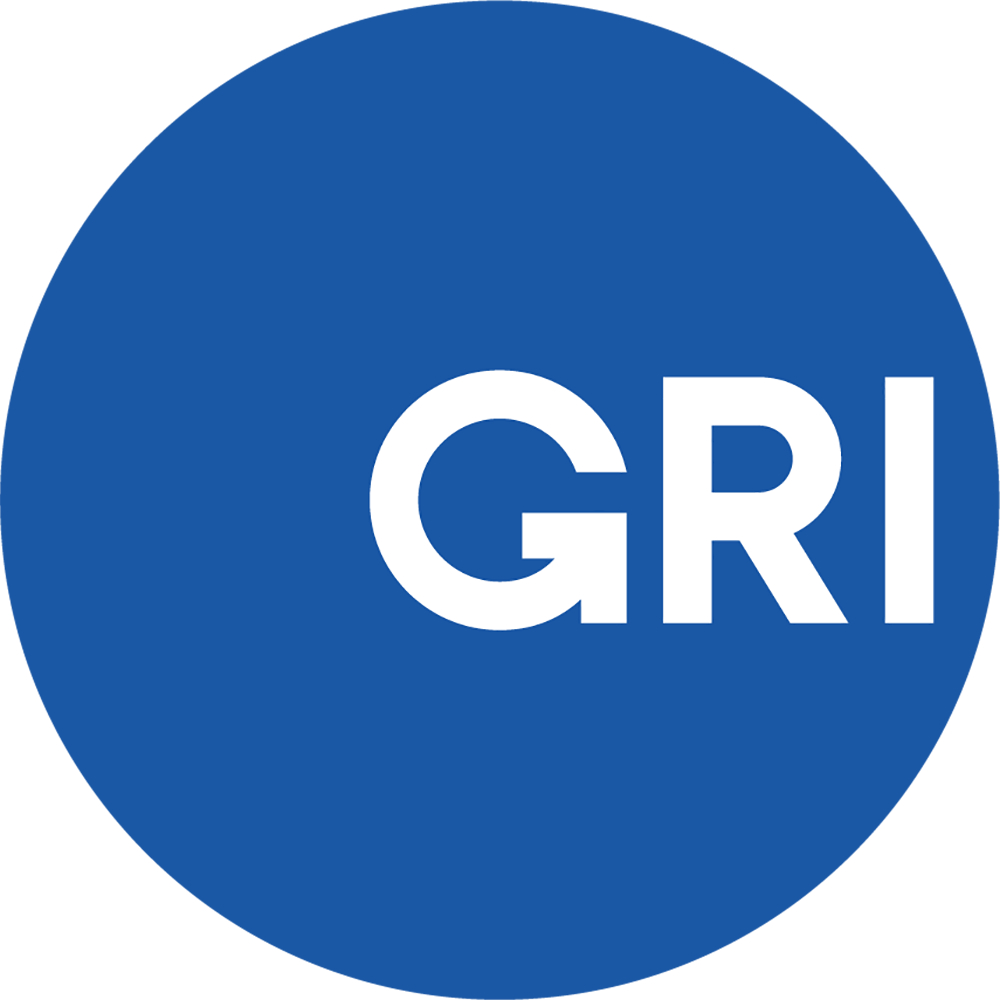Shape the Future GRI Standard 403 on Occupational Health and Safety
The proposed changes are now open for your review - until 9 October

GRI Standard 403: Occupational Health and Safety - now under review
Per their formal due process, the Global Sustainability Standards Board (GSSB), GRI’s independent standard-setting body, appointed a multi-stakeholder Project Working Group to review GRI 403: Occupational Health and Safety. The Working Group includes 15 global experts with diverse experience in reporting and evaluating information on organizations’ occupational health and safety (OHS) impacts.
The Project Working Group has now updated the content of the Standard, bringing the proposed revised draft Standard in line with internationally-agreed best practice in occupational health and safety reporting.
“This Standard aims to align with other international health and safety management standards that are being developed right now, and builds on international consensus around the related ILO conventions,” says Larry Stoffman, a Project Working Group member from the Canadian Labor Congress. Key references for the revised content include the upcoming ISO 45001 standard, instruments from the ILO and WHO, and the Sustainable Development Goals. Changes to the Standard, suggested by the Project Working Group and incorporated into the draft Standard include:- New management approach requirements covering specific OHS management components, such as the use of management systems, hazard identification, risk assessment, hierarchy of controls, worker participation, consultation, information, and training.
- New leading indicators looking at how many workers are covered by a management system and how many have access to occupational health services.
- Significantly revised disclosures on work-related injury and illness, which now include improved methodologies for calculating and comparing injury and illness data. These disclosures now place a greater emphasis on identifying health and safety hazards and high-potential incidents, and explaining the causes of incidents and the corrective actions taken.
- A new disclosure on worker health promotion, which looks at whether workers have access to voluntary programs to address major non-work related health risks, such as smoking or unhealthy diets.
These proposed changes aim to improve the quality and utility of information reported by an organization on their occupational health impacts. The revised Standard will enable organizations to be more transparent about their occupational health and safety impacts, while helping them to provide comparable and action-ready information. “The issue at hand right now for occupational health and safety is reporting,” says Kathy Seabrook, a Project Working Group member from the Center for Safety and Health Sustainability, “Organizations are not reporting on occupational health and safety, and when they do report it’s not consistent, and it’s not comparable. So, what GRI is doing here is essential to ensure reporting comparability and consistency from organization to organization around the world.”
Have your say
Are you an expert on occupational health and safety, or do you have experience reporting on the topic? Now that the revised draft Standard has been proposed, the GSSB wants to hear from you!
- Sign up for and participate in our upcoming live webinar, scheduled for 26 September 2017, which will review the updated Standard and the public comment process.
- Watch a recorded version of the webinar, review the draft Standard, or find out about regional consultation workshops on the GRI Standards website.
- Send any further questions about the draft of GRI 403: Occupational Health and Safety or the standard-setting process to ohs@globalreporting.org.
Sign up to the monthy GRI newletter to stay up to date with the most relevant news in sustainability reporting.

